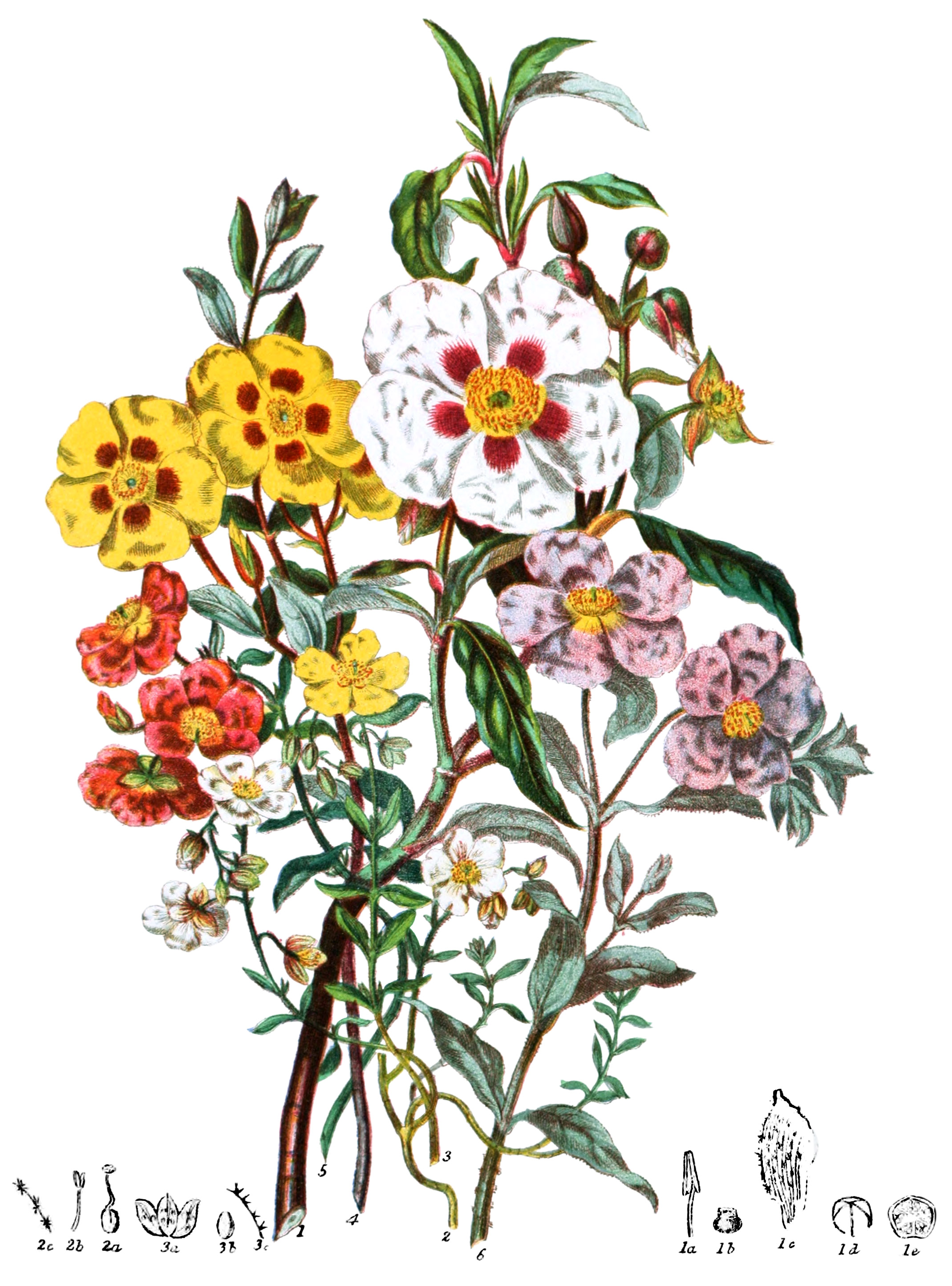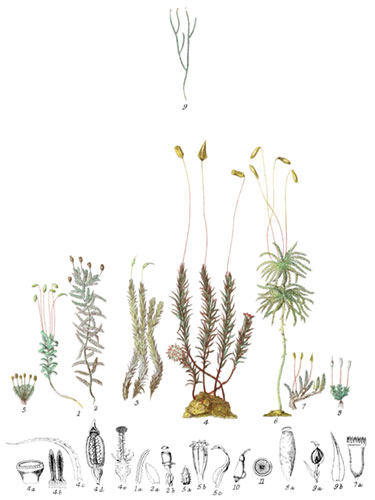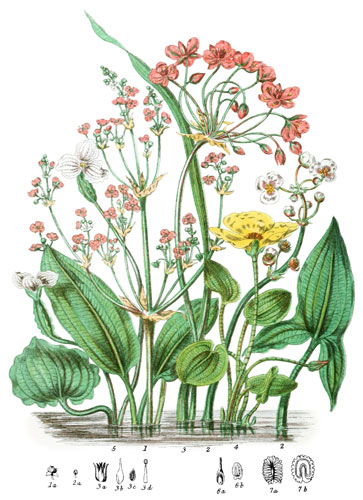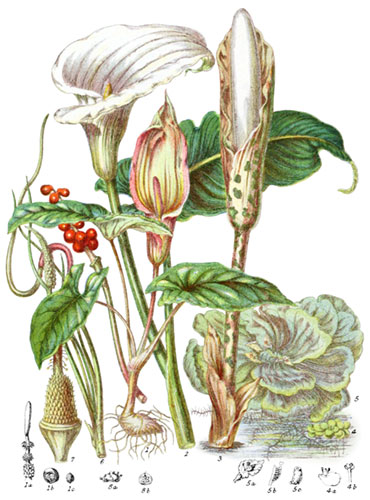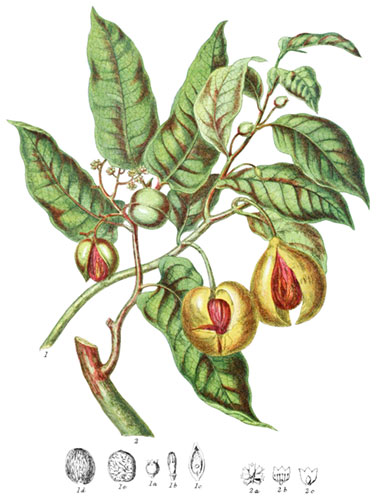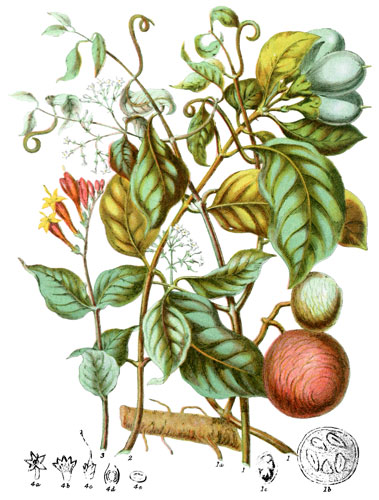Key characteristics
Shrubs, undershrubs, and herbaceous plants; the branches often covered with a glutinous substance; the leaves usually entire, sometimes toothed at the edges, opposite or alternate, having stipules or without them. The flowers are very fugacious, lasting only during the early hours of the day. The calyx is composed of five permanent sepals, usually of unequal size, the two outer being generally much smaller than the rest, often nearly wanting; the larger sepals are twisted in the bud, almost always clothed with a viscid secretion, or with hairs growing either in pairs or in clusters. The petals are five, crumpled in the bud, and twisted in a contrary direction to the sepals. The stamens are numerous, the anthers minute, ovate, two-celled, opening longitudinally. The style is long and slender, or short and thick, with a simple stigma. The seed-vessel is a capsule, three, five, or rarely ten valved, one-celled, or rendered many-celled by the partitions from the middle of each valve projecting to the centre.
This Order has affinity with Violaceæ, but differs in the indefinite number of the stamens; it agrees also with Bixaceæ in amny points, but the leaves have no pellucid dots, and the seeds contain farinaceous albumen.
The only remarkable property is the resinous balsamic substance Labdanum, which exudes from some of the plants.
Select plants in this order
Not all plants listed are illustrated and not all plants illustrated are listed.
- Several species of Cistus and Helianthemum are highly esteemed as ornamental plants in gardens; some are upright shrubs, others small trailing plants, growing particularly well among rocks and stones; the brilliant, though ephemeral flowers expanding in succession during several weeks of Summer.
- Cistus cyprius (1), one of the most beautiful of the tribe, is extremely glutinous on the branches, leaves, and calyx; but C. creticus, C. ledon, and C. ladaniferus, yield the supply of Labdanum, which is collected by drawing long straps of leather over the shrubs; it is thens craped off and made into lumps of various sizes, in which state it comes from the Levant and countries bordering on the Persian Gulf. Its principal use is an ingredient in fumigations, on account of its fragrance in burning.
- C. candidissimus belongs to the Canaries; C. vaginatus, with pale, rose-coloured flowers and large leaves, is a native of Teneriffe; these are consequently on the outer limits of the geographical distribution of the Tribe in that direction.
- C. salvifolius inhabits the island of Corfu.
- Helianthemum polifolium (2) is a rare species, found chiefly on the hills and downs in the south of Devonshire, and occasionally on the Continent; in habit it resembles the Heaths, the lower part of the procumbent half-shrubby stem being much branched and destitute of leaves.
- H. vulgare (3) is frequent in hilly, open places on a chalky or gravelly soil; it is found also as far north as the Highlands of Scotland, adorning the wild moors with its fragile yellow flowers. Several garden varieties have been produced by culture.
- H. tomentosus, a very downy species, belongs to the mountains of Scotland and Switzerland.
- H. alpestre attains the limits of perpetual snow on the Alps, and has the usual character of Alpine plants—shrubby, hairy, and not rising far above the ground.
- H. arabicum is scattered over Arabia, Barbary, and South Europe. A few species are natives of North America, and have the peculiar property of bearing flowers without petals in Autumn.
- H. canadense grows in Mexico, H. corymbosum is found from New Jersey to Carolina; H. rosmarinifolium in Georgia and Canada.
- H. brasiliense is one of the very few belonging to South America.
- Lechea is a North American genus, five species of which have been introduced to English Gardens.
- Hudsonia tomentosa is another half-shrubby plant of North America, growing in dense silvery tufts, about a span high, on the drift sands of the Atlantic Ocean, in Deleware, and Maryland; the flowers are small and yellow, having all the essential characters of the Tribe, but none of its peculiar beauty; in size and form it resembles Lechea.
- H. ericoides grows with a heath-like habit in the pine-woods of Canada.
Locations
The central situation of this Tribe will be found in Spain and Portugal; upwards of forty species are natives of the Pyrenees and other mountains; thence they diminish in every direction; a few extend into North Africa; they are rare in North America, still more uncommon in South America, and scarcely known in Asia. Britain possesses no true Cistus, only six species of Helianthemum.
Legend
- Cistus cyprius, Gum Cistus, or Rock-rose. Spain.
- Stamen magnified.
- Pistil.
- Sepal magnified.
- Ovary.
- Cross section.
- Helianthemum polifolium, White mountain Sun Cistus. Devonshire.
- Pistil.
- Stamen magnified.
- Hairs magnified.
- Helianthemum vulgare, Common Sun Cistus. Britain.
- Seed-vessel open.
- Seed magnified.
- Hairs magnified.
- Helianthemum formosum, Beautiful Sun Cistus. Portugal.
- Helianthemum rhodanthum, Rose-coloured Sun Cistus. Spain.
- Helianthemum canescens, Hoary Sun Cistus. South Europe.
Explore more
Posters
Decorate your walls with colorful detailed posters based on Elizabeth Twining’s beautiful two-volume set from 1868.
Puzzles
Challenge yourself or someone else to assemble a puzzle of all 160 botanical illustrations.
